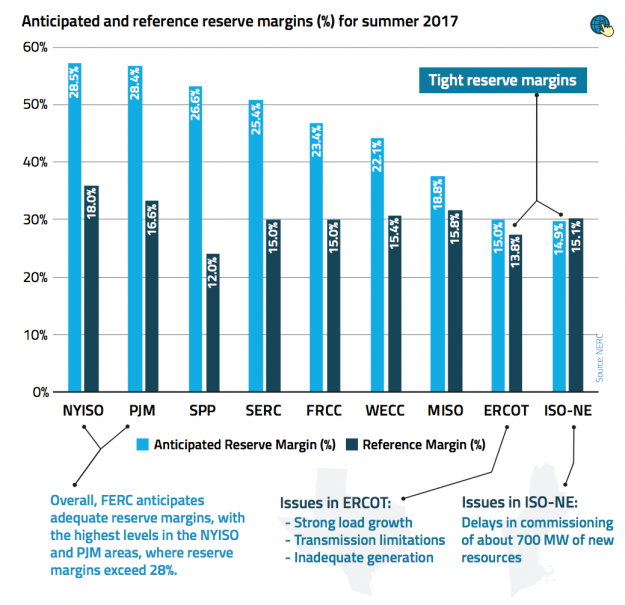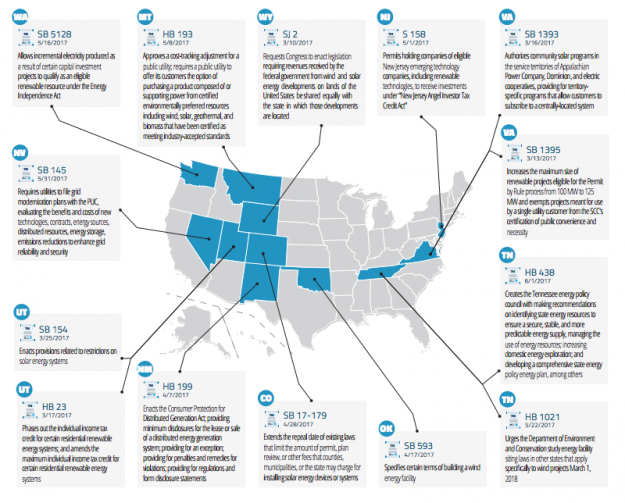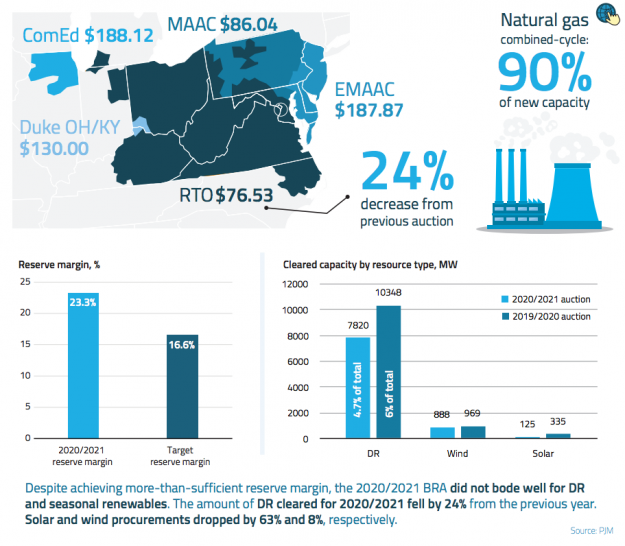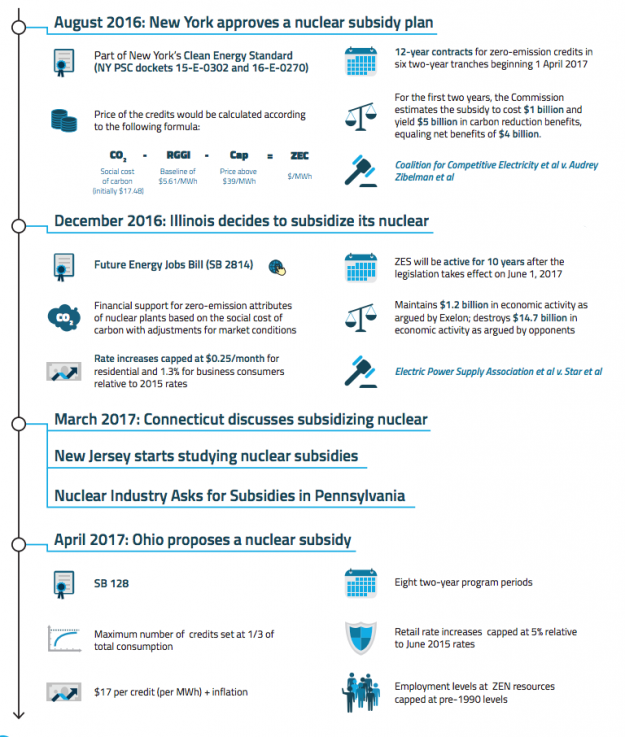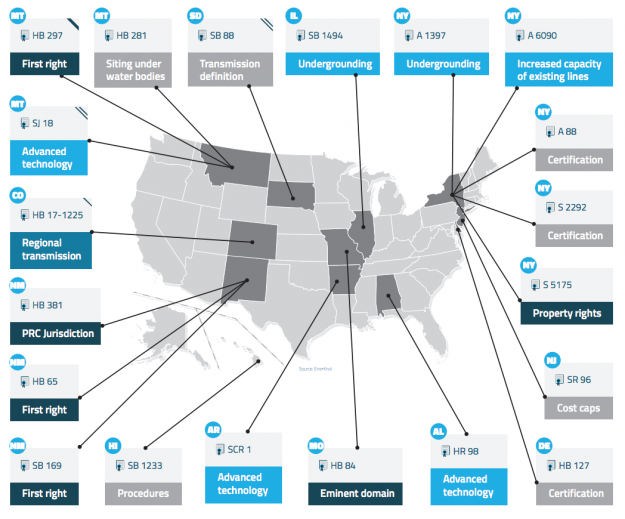FERC Warns about Tighter Supplies in New England and Texas for Meeting Summer Load
FERC’s 2017 summer assessment forecasts tighter supplies in New England and Texas while anticipating adequate summer capacity in most regions. Increased hydroelectric generation from heavy snowpack levels is expected to mitigate risks from limitations at the Aliso Canyon natural gas storage facility in Southern California. Natural gas futures prices are expected to rise due to lower storage inventories, decrease in production rates, and above normal temperatures.
